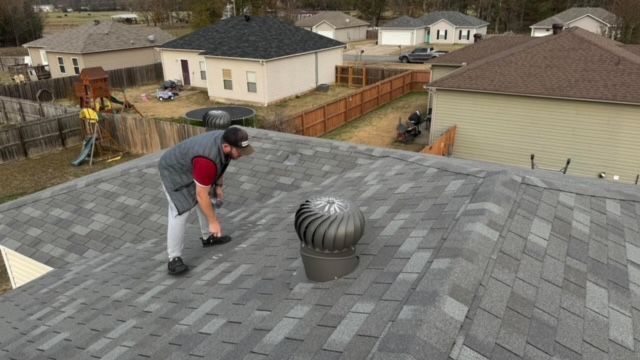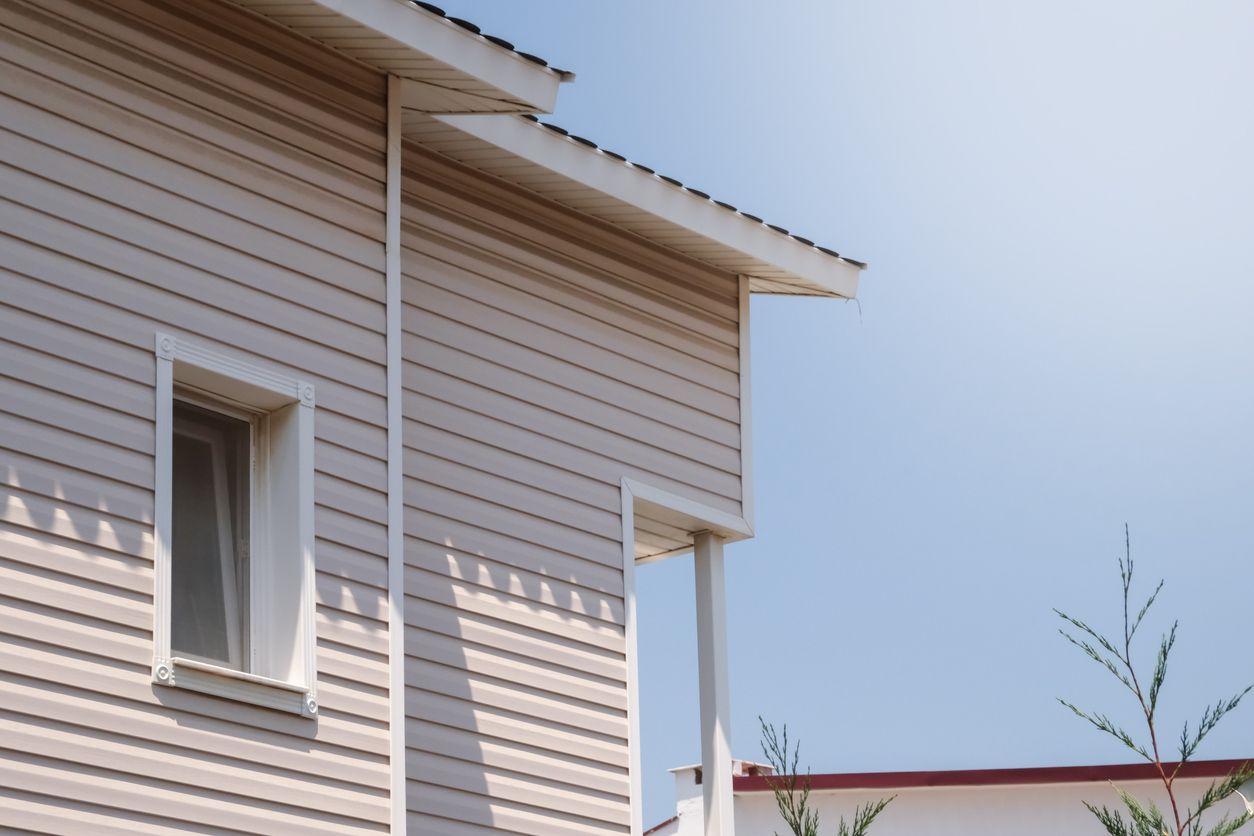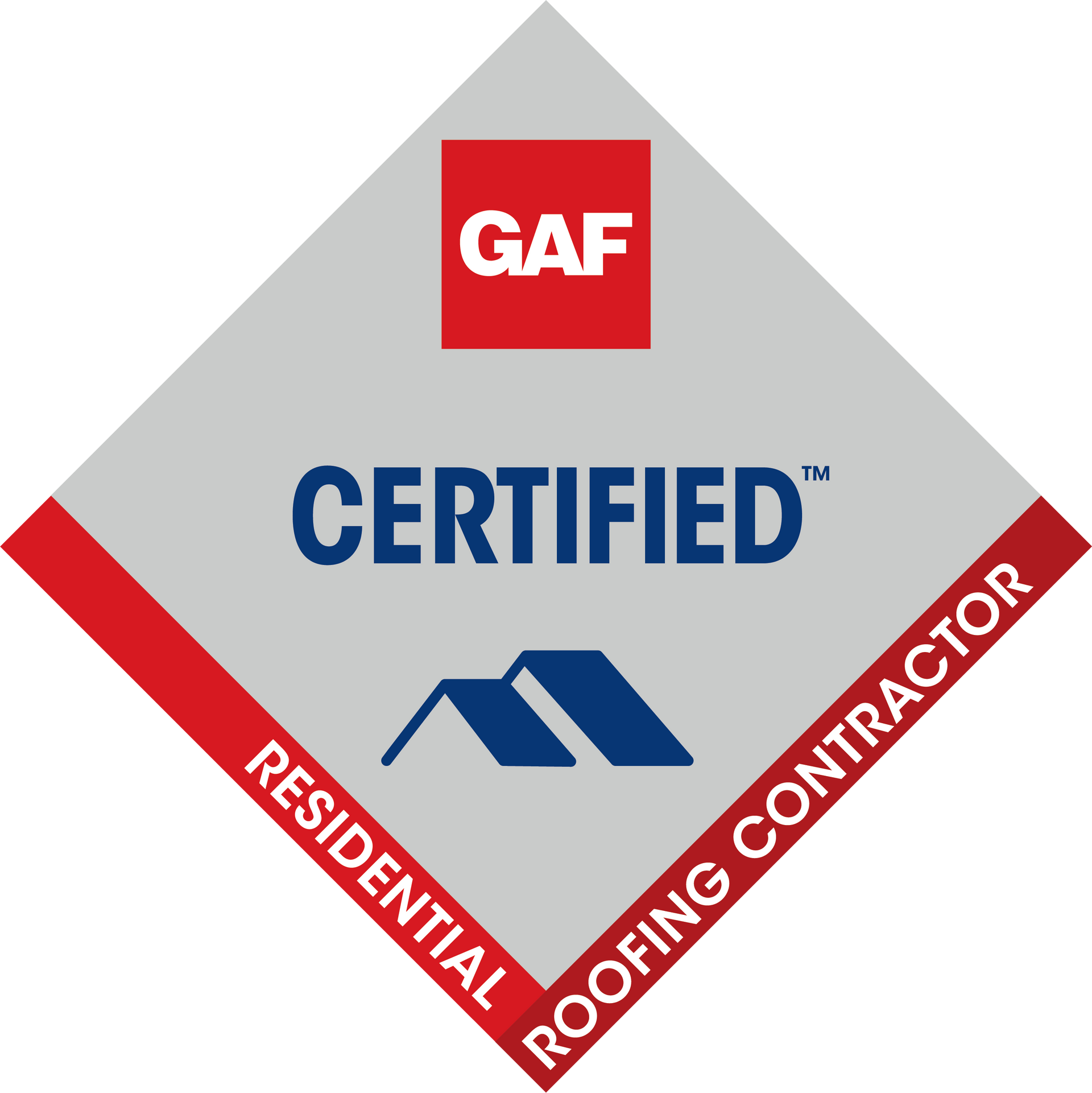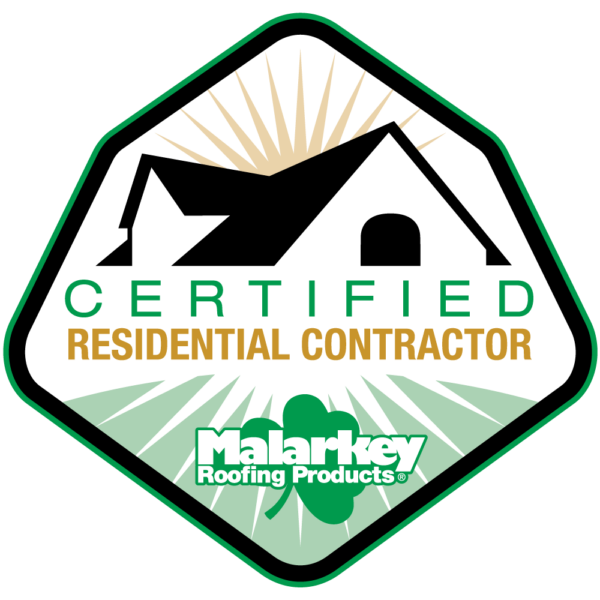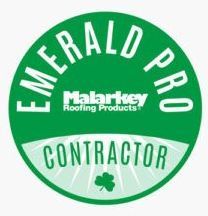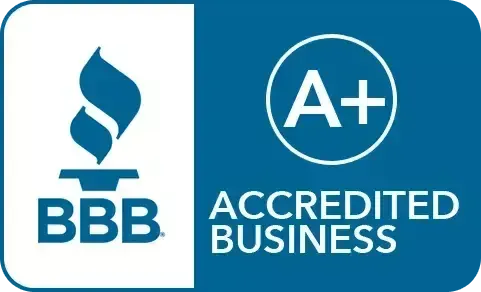high caliber exteriors
Frequently asked questions
Roofing Frequently Asked Questions
How do I know if my roof needs to be repaired or replaced?
Common signs that your roof needs repair or replacement include missing or damaged shingles, leaks, water stains on ceilings, mold or moss growth, and sagging roof sections. If your roof is over 20 years old, it may be time for a professional inspection to assess whether it needs repairs or a full replacement.
How long does a roof typically last?
The lifespan of a roof depends on the materials used and the quality of the installation. Asphalt shingles generally last 20-25 years, while metal roofs can last 40-70 years, and tile or slate roofs may last over 100 years. Regular maintenance can extend the life of your roof.
Can I install a new roof over my old roof?
In some cases, yes. However, building codes in many areas only allow a maximum of two layers of roofing materials. If you already have two layers, you will need to remove the old roofing before installing a new one. Adding a layer can also conceal damage or rot, so a full replacement is often the better option.
How long does it take to install a new roof?
For an average-sized home, roof installation usually takes between 1-3 days, depending on the size of the roof, weather conditions, and the type of materials used. Larger or more complex projects may take longer.
Do I need to be home during roof installation?
It’s not necessary to be home during roof installation, but it’s helpful to be available for any questions the contractors might have. Keep in mind that roof installation can be noisy, so you may want to plan accordingly if you’ll be at home.
Will my homeowner's insurance cover roof repairs or replacement?
Homeowners insurance often covers roof repairs or replacement if the damage is caused by a covered peril, such as hail, wind, or fire. However, normal wear and tear or neglect are usually not covered. We recommend checking your policy or contacting your insurance provider for details.
What should I do if my roof is leaking?
If your roof is leaking, it’s important to act quickly. Place a bucket or tarp under the leak to minimize water damage, then contact a professional roofer to assess the situation. Leaks can cause significant damage to your home if not addressed promptly.
How can I maintain my roof and extend its lifespan?
Regular roof maintenance includes cleaning gutters, removing debris like leaves and branches, checking for damaged or missing shingles, and inspecting the flashing around chimneys and vents. Scheduling annual or biannual inspections with a roofing professional can also help catch small issues before they become major problems.
What is roof flashing, and why is it important?
Roof flashing is a thin material, usually metal, installed around roof features like chimneys, skylights, and vents to prevent water from seeping into joints and causing leaks. Properly installed and maintained flashing is crucial for preventing water damage.
What happens if my roof is damaged during a storm?
After a storm, inspect your roof for visible damage, such as missing or loose shingles, and check for leaks inside your home. Contact a roofing contractor to assess the damage and provide repairs. You may also want to contact your insurance company if the damage is significant and could be covered by your policy.
Can a new roof increase the value of my home?
Yes, installing a new roof can increase the resale value of your home and improve its curb appeal. Potential buyers appreciate the security of knowing the roof won’t need replacement for many years, and modern roofing materials can also improve energy efficiency.
Siding Frequently Asked Questions
What are the different types of siding materials available?
Common siding materials include vinyl, fiber cement, wood, aluminum, steel, and composite. Each material has its own benefits, such as durability, maintenance requirements, and aesthetic appeal. Vinyl is affordable and low-maintenance, while fiber cement offers a natural wood look with higher durability.
How do I know if my home needs new siding?
Signs that your siding may need replacement include visible cracks, warping, fading, mold or mildew growth, peeling paint, or high energy bills due to poor insulation. If you notice water stains or soft spots, it may be time to consult a professional for an inspection.
How long does siding last?
The lifespan of siding depends on the material. Vinyl siding typically lasts 20-40 years, fiber cement siding can last 50 years or more, and wood siding may last 20-30 years with proper maintenance. Routine upkeep can help extend the life of your siding.
Can I install new siding over my old siding?
In some cases, new siding can be installed over old siding, but it depends on the condition of the existing material. If the old siding is damaged, warped, or has moisture problems, it’s best to remove it before installing new siding to ensure a smooth and long-lasting installation.
What is the most low-maintenance siding option?
Vinyl siding is one of the most low-maintenance options available. It doesn’t need to be painted, is resistant to pests and rot, and can be cleaned easily with a hose and mild detergent. Fiber cement siding also requires minimal maintenance, although it may need periodic painting.
How does new siding impact energy efficiency?
New siding can significantly improve your home’s energy efficiency by providing better insulation and reducing drafts. Insulated siding, in particular, can help lower heating and cooling costs by creating an additional thermal barrier. Proper installation also ensures that your home is well-sealed against the elements.
How do I maintain my siding?
Maintenance depends on the material. Vinyl and metal siding require little more than an annual cleaning with a hose and mild detergent. Fiber cement and wood siding may require periodic repainting or staining to protect against the elements. It’s also important to regularly check for damage and make repairs as needed to extend the life of your siding.
Will new siding increase the value of my home?
Yes, new siding can boost your home’s curb appeal and resale value. Potential buyers are often attracted to homes with modern, low-maintenance, and energy-efficient siding. According to some industry studies, homeowners can recoup a significant portion of their siding investment when they sell their home.
Frequently Asked Questions about Gutters
Why are gutters important for my home?
Gutters are essential for directing rainwater away from your home’s foundation, roof, and siding. Properly functioning gutters help prevent water damage, foundation issues, soil erosion, basement flooding, and mold growth by controlling where water flows during storms.
How often should I clean my gutters?
It is recommended to clean your gutters at least twice a year—once in the spring and again in the fall. If your home is surrounded by trees, or if you live in an area prone to heavy storms, you may need to clean them more frequently to prevent clogs from leaves and debris.
What are the signs that my gutters need repair or replacement?
Signs that your gutters need repair or replacement include cracks, holes, sagging sections, rust, water pooling near your foundation, overflowing water during rainstorms, or visible damage to your siding. If you notice mold, mildew, or peeling paint on your home’s exterior, your gutters may not be working effectively.
How long do gutters typically last?
The lifespan of gutters depends on the material. Aluminum and vinyl gutters typically last 20-30 years, while copper gutters can last up to 50 years or more with proper maintenance. Regular cleaning and repairs can extend the lifespan of your gutters.
Do I need gutter guards?
Gutter guards can be a great investment if your home is prone to collecting debris like leaves and twigs. They help keep gutters clear and reduce the frequency of cleaning. However, they aren’t completely maintenance-free, and occasional cleaning may still be required, depending on the type of guard installed.
How do seamless gutters differ from regular gutters?
Seamless gutters are made from a continuous piece of material, reducing the number of joints or seams where leaks can occur. Traditional gutters come in sections that are joined together, which can lead to more potential weak points for leaks. Seamless gutters are custom-fit to your home and offer better protection and a sleeker appearance.
What maintenance do gutters require?
Regular gutter maintenance includes cleaning them twice a year to remove debris, inspecting for leaks, cracks, or sagging, and ensuring downspouts are clear of blockages. If you have gutter guards, check that they are free of debris and functioning properly. Promptly repairing any damage will help extend the life of your gutters and prevent costly water damage to your home.
Solar Panel Frequently Asked Questions
How do solar panels work?
Solar panels convert sunlight into electricity using photovoltaic (PV) cells. When sunlight hits the cells, it creates an electrical current that can be used to power your home. Excess electricity can be stored in batteries or sent back to the grid, depending on your setup.
How long do solar panels last?
Solar panels are designed to last for 25-30 years or more. Most manufacturers offer warranties for 20-25 years. While their efficiency may decrease slightly over time, well-maintained panels can continue to generate electricity for many years beyond their warranty period.
How much will I save on my electricity bills with solar panels?
The amount you save depends on your location, electricity rates, and the size of your solar panel system. On average, homeowners can save 50-80% on their monthly energy bills. In some cases, if you generate more electricity than you use, you could even earn credits or money through net metering.
Do solar panels work during cloudy weather or at night?
Solar panels still generate electricity on cloudy days, though at a reduced rate. They do not produce electricity at night. However, you can store excess energy in batteries during the day or use net metering to receive credits from your utility company for electricity produced during daylight hours.
How long does it take to install solar panels?
The actual installation of solar panels typically takes 1-3 days, depending on the size and complexity of the system. However, the entire process, including permitting, inspections, and connection to the grid, can take 1-3 months. Your installer will guide you through the timeline.
Will solar panels increase the value of my home?
Yes, homes with solar panel systems often see an increase in property value. Studies have shown that homes with solar panels sell faster and at higher prices compared to those without. The exact increase in value depends on your location and the size of your solar system.
Do solar panels require maintenance?
Solar panels require minimal maintenance. It’s recommended to clean them periodically to remove dust, dirt, and debris that may reduce efficiency. Most systems come with monitoring tools to alert you if any issues arise. Professional inspections every few years can help ensure optimal performance.
Can solar panels power my entire home?
Yes, depending on the size of your solar panel system and your energy consumption, solar panels can power your entire home. A properly sized system can generate enough electricity to meet all of your household needs, especially when combined with battery storage or net metering.
What happens if my roof needs repairs after solar panels are installed?
If your roof needs repairs, the solar panels will need to be temporarily removed. It’s a good idea to ensure your roof is in good condition before installing solar panels to avoid this scenario. Many solar companies can assist with coordinating roof repairs or replacements before installation.
How do solar batteries work, and do I need one?
Solar batteries store excess energy generated by your solar panels for later use, especially during the night or during power outages. While solar batteries aren’t required, they can be beneficial if you want energy independence or if you live in an area with unreliable grid power.
Are solar panels environmentally friendly?
Yes, solar panels provide clean, renewable energy and reduce reliance on fossil fuels. By generating electricity from sunlight, solar panels help reduce greenhouse gas emissions and your home’s carbon footprint. They also require minimal water and maintenance, making them a sustainable energy option.

